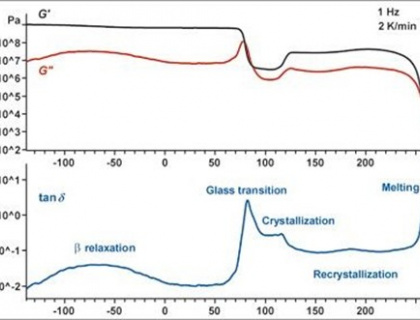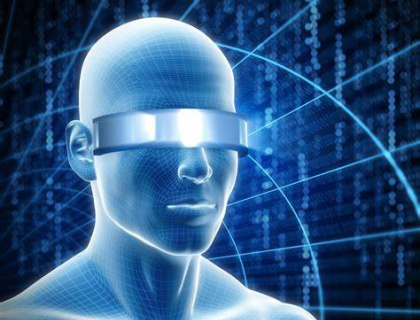Design project management is the process of planning, organizing, and overseeing the design and development of a product, service, or system from start to finish. It involves managing resources, timelines, budgets, and stakeholders to ensure that the design project is completed on time, within budget, and to the satisfaction of all parties involved.
The design project management process typically involves the following steps:
Effective design project management requires strong leadership, communication, and organizational skills, as well as expertise in design and development processes. It is essential for ensuring that design projects are completed successfully and deliver value to the organization and its customers.

Mechanical analyses refer to the study and characterization of the physical properties of materials or systems under mechanical stress, deformation or loading.
Read moreMechanical analyses refer to the testing or analysis of the mechanical properties and behavior of materials or structures under applied stress, deformation, or load.
Read more
Virtual reality (VR) is a technology that allows users to experience a computer-generated 3D environment as if they were present within it. In the context of design offices, VR can be used to enhance the design process by providing designers with an immersive, interactive, and collaborative environment in which to view and evaluate their designs.
Read more